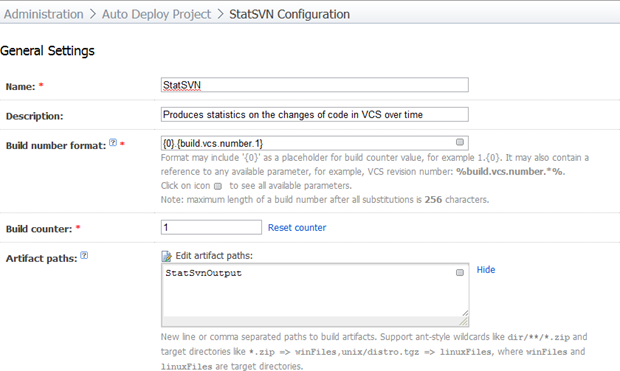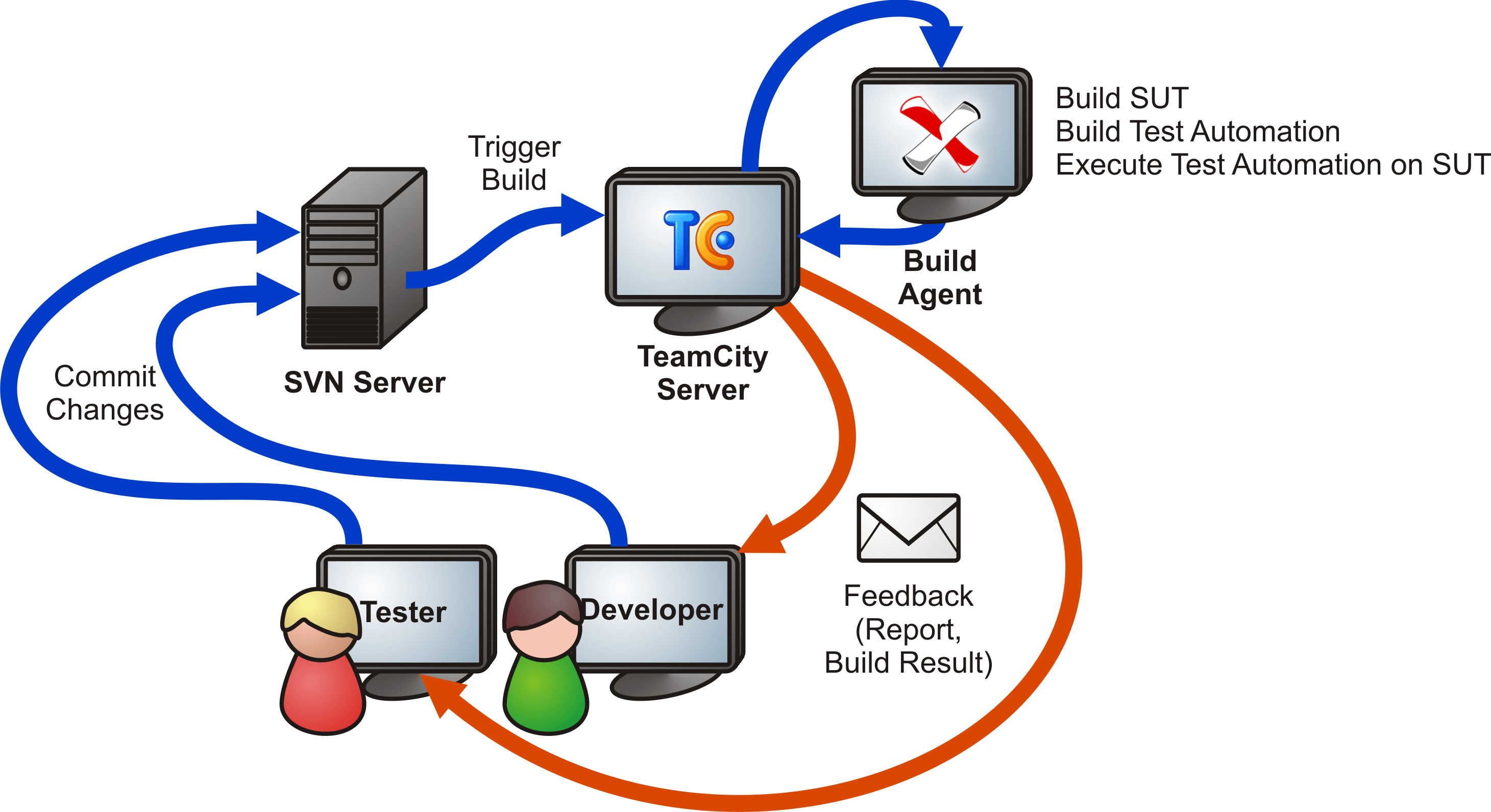

Light stands in for all the evils more widely attributed to technology use: It renders us more distractible, it makes us shallower, it disrupts our ability to rest and to think deeply, and-most of all-it severs our connection to the earth. Behind the bogeyman of blue light exposure is an almost gothic fear of mutation: Inundated by digital light and severed from the movements of the sun and moon, who, or what, are we becoming? If you look at cartoon depictions of the digital zombie, they’re often blasted with light from a tiny screen in a dark room. The threat of digital light is less medical than it is moral. However, the health panic around blue light alone doesn’t fully account for the emotional charge that seems to simmer beneath dark mode’s lasting popularity. Now, however, this estrangement from natural patterns is seen as a problem to be fixed-perhaps with a new set of technical interventions. He was speaking at the launch of “Internet Time,” a new universal time measurement that accompanied a range of Swatch Beat watches. “The internet is absent of both night and day,” boasted MIT Media Lab cofounder (and former WIRED columnist) Nicholas Negroponte in 1999. Its apparent timelessness was once framed as a source of liberation. (It is 11 pm in the Southern Hemisphere, where I am now reading a tweet that wishes New Yorkers good morning.) Like the inside of an airplane, it glows an unnatural blue and straddles time zones, throwing its inhabitants into a kind of perpetual digital jet lag. On the internet, the sun never rises and never sets. The strength of our attachment to dark mode lies in a deep conviction that our world is overilluminated and overstimulated, and that by approximating natural rhythms, darkness might help us reverse the influence of the digital age on our bodies and minds. When circadian rhythm science began to enter popular discourse in the mid-2010s, it seemed to corroborate the fear that digital devices were somehow making our lives less natural, impacting sleep, mood, and concentration. What’s more, unless the mode is set to true black and people use certain types of screens, such as OLEDs, the amount of light emitted in light and dark mode is practically the same, which means that the promise of energy savings is void, too.Īnd yet bright screen light has become almost superstitiously linked to technology’s ills. There’s little evidence that dark mode improves focus. Ironically, the reason the light-on-dark color scheme of traditional CRT monitors was phased out in the first place was because most people were used to reading ink on paper and therefore experienced a dark-on-light computer screen as more natural. For the majority of users, dark text on a light background is harder to read, presumably because the human eye has largely evolved to spot dark figures against the bright background of the sky.

There’s no empirical explanation for dark mode’s rise. Accordingly, “night mode” became “dark mode.” Eventually, the setting promised a much vaguer set of around-the-clock benefits, including improved focus, energy savings, and reduced eye strain. They aimed to address new concerns about the impact of screens on circadian rhythms and preempt a full-blown movement against late-night screen use.

Google and others soon followed, all of them promising to mitigate the harms of blue light exposure. That year, Apple and Twitter released their own versions of the feature. Around 2016, “Night mode” or “night shift”-a screen display option that features a light-on-dark color scheme-began cropping up all over our devices.


 0 kommentar(er)
0 kommentar(er)
